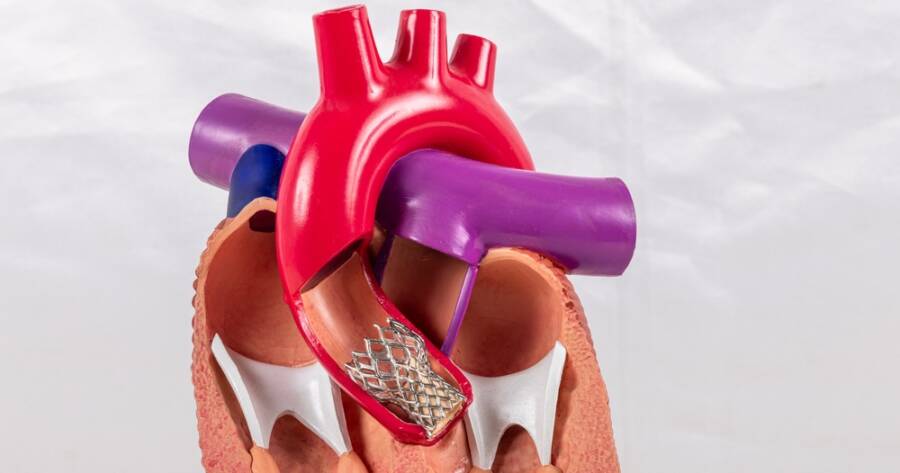Aortic valve stenosis presents considerable challenges to heart health, especially among older individuals. While traditional surgical methods have long been the standard, innovative solutions such as Transcatheter Aortic Valve Replacement (TAVR) introduce safer, minimally invasive options. In addition to these advancements, managing lifestyle factors and medications plays a crucial role in comprehensive care. Exploring these contemporary treatments reveals their potential to significantly enhance patient well-being and overall heart function.
Understanding Aortic Valve Stenosis
Aortic stenosis is a condition characterized by the narrowing of the aortic valve opening, which hinders blood flow from the heart into the aorta and the rest of the body. This condition is often a result of age-related changes such as calcification, but can also stem from congenital problems or be exacerbated by risk factors including high blood pressure, diabetes, and chronic kidney disease affecting individuals 75 and older. Signs such as chest pain, fatigue, or shortness of breath typically indicate that the disease has reached a severe stage.
Innovative Non-Surgical Treatments
Traditional treatment for aortic stenosis has involved invasive surgery; however, advancements in minimally invasive techniques have transformed care. Transcatheter Aortic Valve Replacement (TAVR), for instance, has become a prominent non-surgical approach. TAVR involves inserting a catheter into the femoral artery from the groin to place a new valve, which expands and takes over the function of the old valve, without requiring an open-heart procedure making it safer for many patients. This technique is beneficial for patients with severe stenosis at high surgical risk but is also an option for those with moderate risk.
The Role of Minimally Invasive Percutaneous Valve Procedures
Beyond TAVR, percutaneous valve procedures form another group of treatments for aortic stenosis. Using catheters and involving minimal incision, these procedures offer a less invasive option to repair faulty heart valves. While effective, they do require consideration of potential complications like bleeding or infections.
Lifestyle and Medication Management
Managing heart health extends beyond surgical interventions, particularly for those with milder aortic stenosis. Lifestyle changes, including maintaining a heart-healthy diet, regular exercise, managing stress, and avoiding smoking, are essential. Medications can also play a key role; they range from beta-blockers to manage heart rate and rhythm, to diuretics that help reduce fluid accumulation contributing to overall heart health.
Monitoring and Diagnosing Aortic Stenosis
Identifying aortic stenosis often begins with a routine physical examination where a heart murmur may be detected. Diagnosis is confirmed through echocardiography— a test that uses ultrasound technology to provide a detailed view of the heart’s valves and chambers determining the severity of stenosis. This ensures appropriate monitoring and timely interventions.
Why You Should Learn More About Non-Surgical Options for Aortic Stenosis
Exploring non-surgical treatments for aortic stenosis is crucial, as they provide significant benefits over traditional surgical methods. The advancements in minimally invasive procedures like TAVR promise an easier recovery, reduced hospital stays, and lower risk of complications, catering to both high-risk and increasingly, lower-risk patients. Understanding these options, as well as lifestyle changes and medication management, can greatly enhance the quality of life for those affected by aortic stenosis. Always consult with healthcare providers to tailor a treatment plan that suits individual health profiles and needs.



